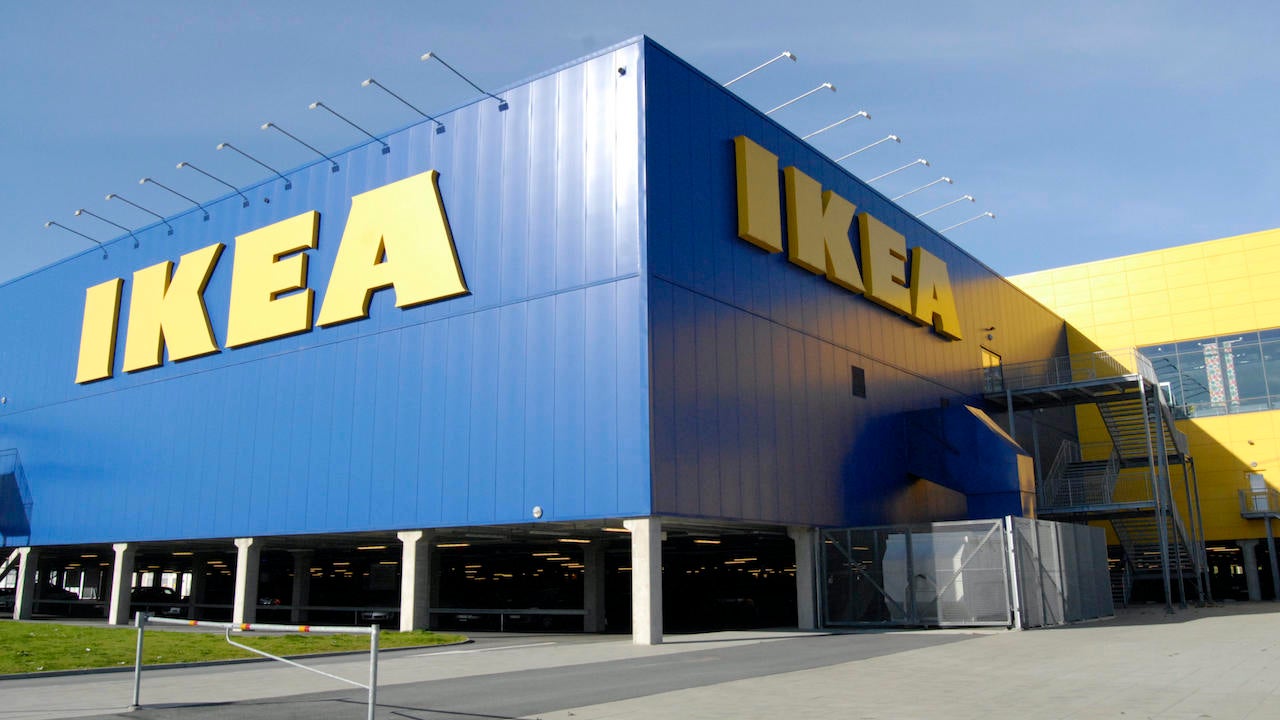To prepare to be a marketing manager, you need to understand what marketing is, how it works, what is marketed, and who does the marketing.
What is marketing?
When the Swedish company IKEA noticed that people wanted good furniture at a substantially lower price, they created well-designed, low-priced furniture.

When Nokia realized that phone design was crucial and began to design its own range of clam shell phones the company captured part of a growing market.

There is much debate about a definition of marketing. A definition must be generic enough to cover a large variety of products and services in both consumer and business-to-business markets. It must be applicable to different marketing contexts and be able to change.
Marketing is a customer focus that permeates organizational functions and processes and is geared towards marketing promises through value proposition, enabling the fulfillment of individual expectations created by such promises and fulfilling such expectations through support to customers’ value-generating processes, thereby supporting value creation in the firm’s as well as its customers’ and other stakeholders’ processes
Managing exchange processes between businesses and consumers and business-to-business calls for a considerable amount of work and skill. Marketing management is the art and science of choosing target markets and getting, keeping and increasing customers through creating, managing, communicating and delivering superior customer value.
We can distinguish between a social and a managerial definition of marketing. A social definition shows the role that marketing plays in society; for example, one marketer has said that marketing’s role is to ‘deliver a higher standard of living’.
Here is a definition that reflects the role of marketing in society:
Marketing is a societal process by which individuals and groups obtain what they need and want through creating, offering and freely exchanging products and services of value with others.
Social marketing is an umbrella term used to describe how, in different ways, marketing can encourage positive social behaviour, and includes ‘critical marketing’, and ‘green or sustainable marketing’.
This can be explained as follows. There are two dimensions to marketing and its role in society: ‘On the one hand, social marketing encourages us to use our skills and insights as marketers to progress social good. On the other hand, it facilitates the control and regulation of conventional marketing through critical studies of its impact on the health and welfare of society’.
Social marketing is most often used to define the ways in which policy makers can use the techniques of marketing to change human behaviour for the better – whether it is concerned with obesity, gambling, smoking or drink-driving.
Comments
Post a Comment